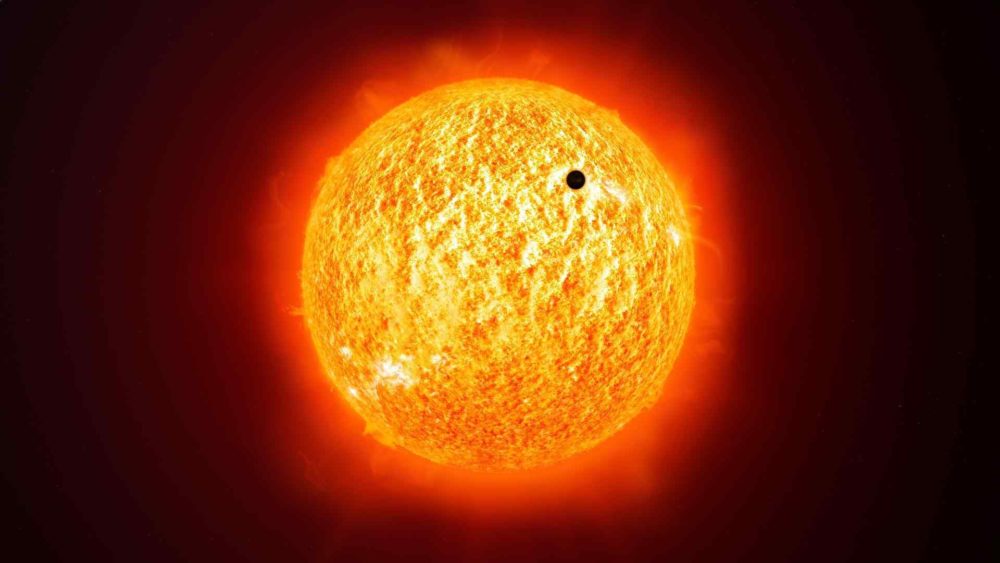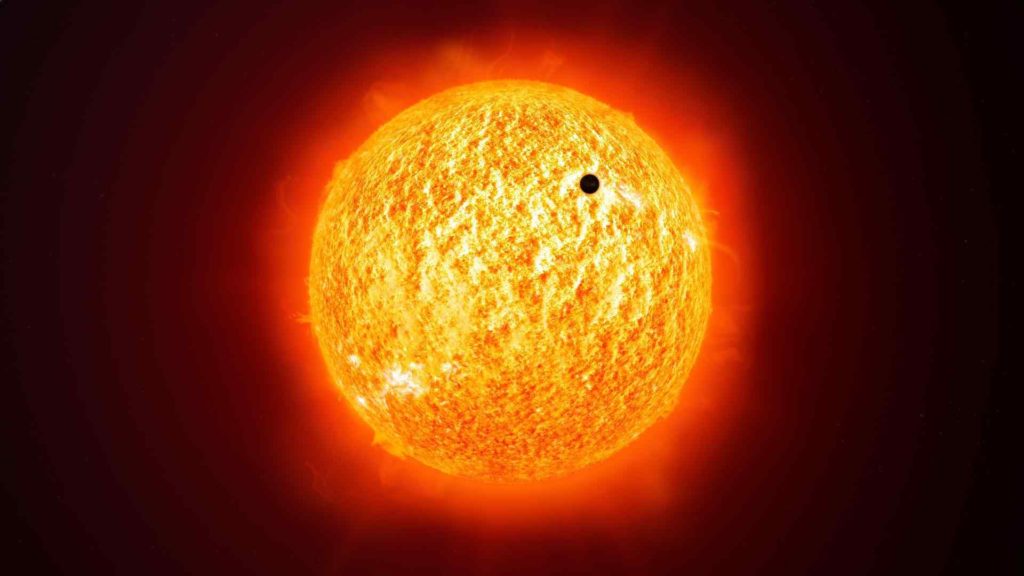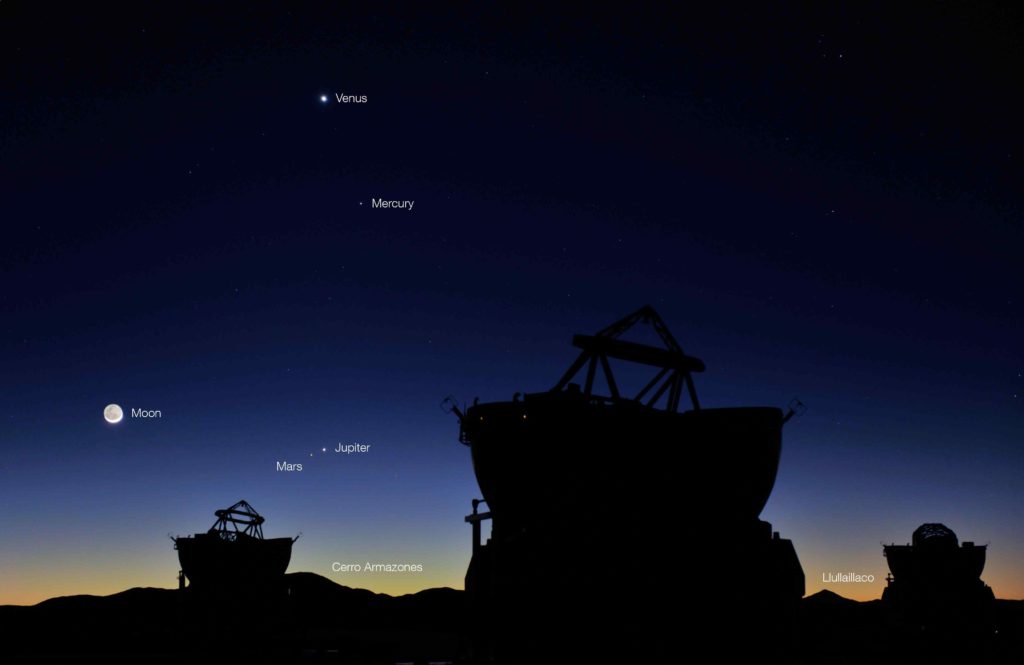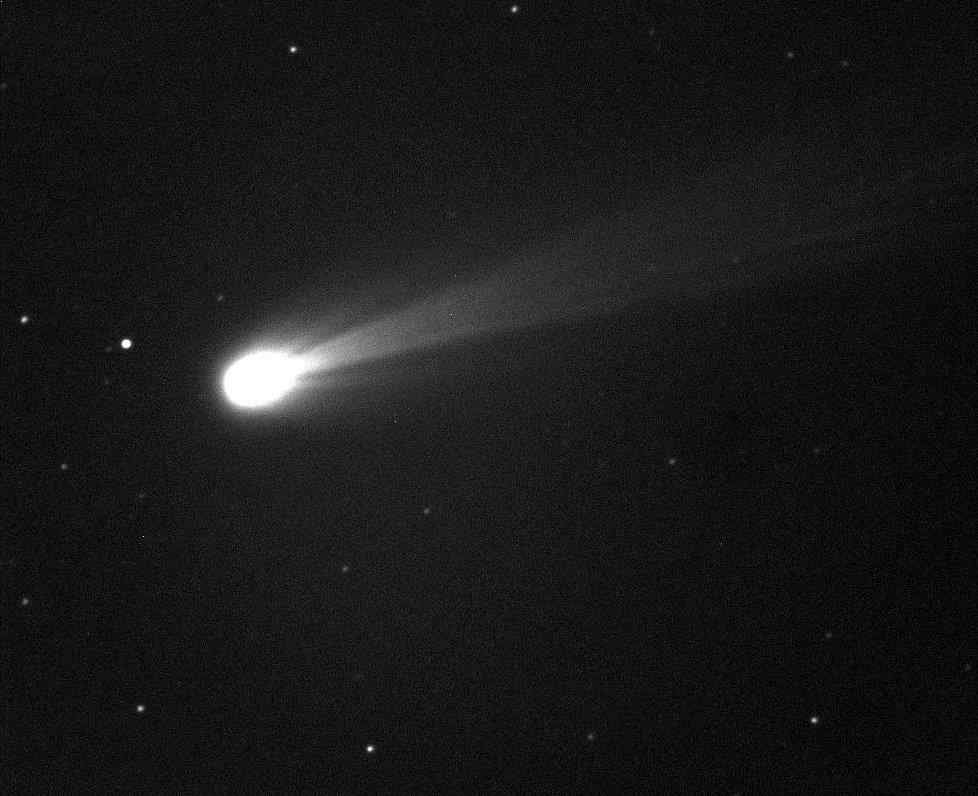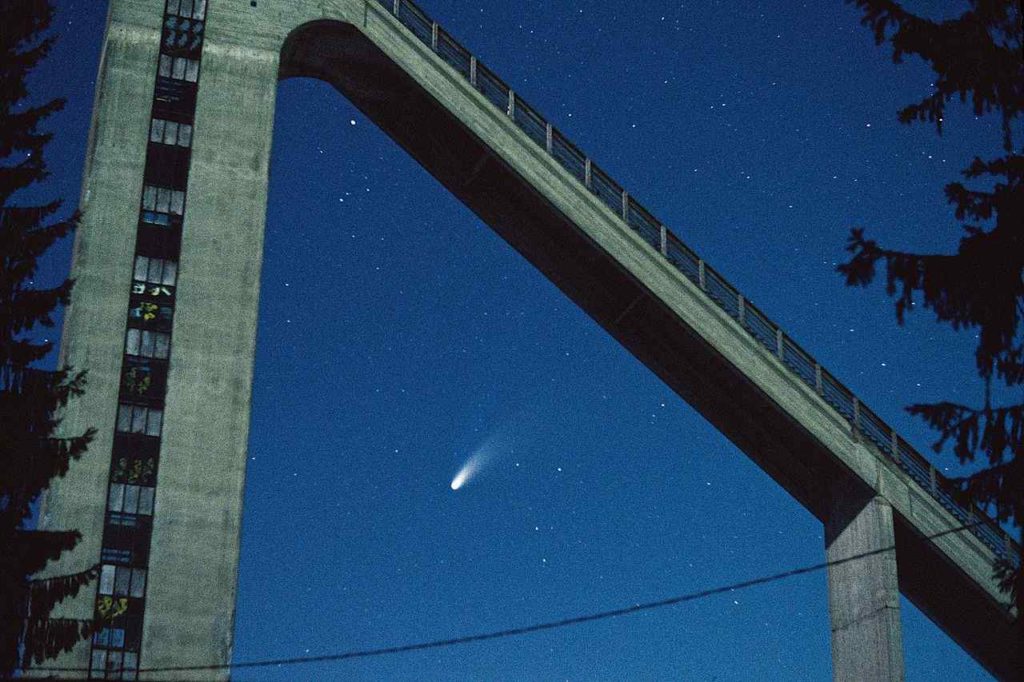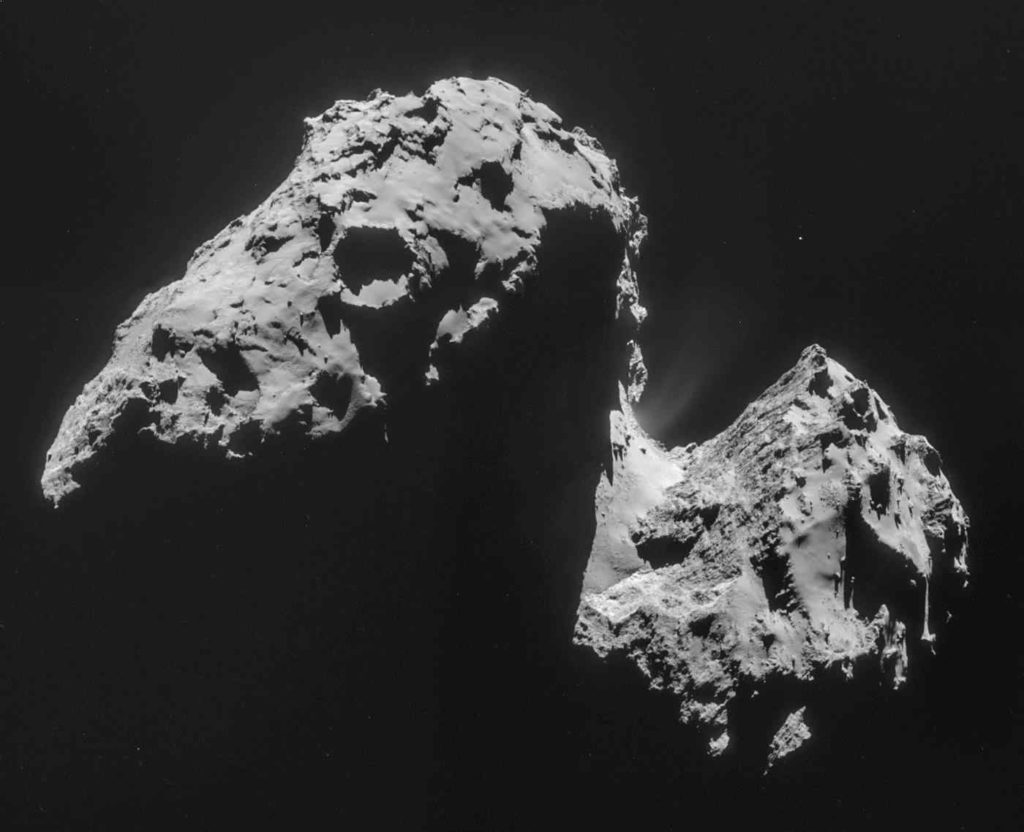There are many different types of changes that are continuously going in the space. There are many reasons like a movement of planets, gravitational force and changing start system for these amazing astronomical events. There are many astronomical events that you can see with your naked eyes. Many astronomical events happen after centuries. So, here we are listing 10 exceptional and amazing astronomical events.
Astronomical Events
1. Total Solar Eclipse
Solar Eclipse you can see it many times in a year but the total solar eclipse is one of rarest phenomena that you will see. The last time it was seen in November 2012 and the scientist has predicted that it will not happen in the next 138 years. Scientifically Total Solar Eclipse is also called Umbra. The Moon is 400 times closer to the sun and in the total solar eclipse Moon covers the whole Sun into its crescent.
The longest a total solar eclipse can last is 7.5 minutes and it can happen in every 1 or 2 years and this makes them one of the rare astronomical events. The conditions in the path of totality can change frequently making air temperature drop with an immediate effect of making the area of darker. The moon completely obscures Sunandonly solar corona is visible during this astronomical events. If any planet exists at the time of Solar Eclipse they can be seen as a point of light.
Related: All You Need To Know About Tropical Storms
2. Blue Moon
Blue Moon is a second full moon phenomenon which you will see in every two years. The blue colour you will only see when the atmosphere has certain colouring particles. The last full blue colour Moon has been seen in 1883 when in Krakatoa volcano has been exploded and the whole atmosphere has been filled with dense ash and the moon turns blue at that time.
One of the amazing astronomical events, blue moon refers to an event caused by imperfect sync between the lunar cycle and the calendar year and you will see two full moons in one month. This means you will not see a blue moon and hence the definition of the blue moon has two definitions. This is the latest one, however, there are rare locations when it turned to blue because of smoke or dust particles in the atmosphere, such as during a cataclysmic volcanic eruption. Now, If you need to see full moon twice in a month, the first one needs to happen at the beginning because average timespan between the two is 29.5 days.
Related: The 2019 Spaceflight Events You Don’t want to miss
3. Venus Transition
Venus Transition is an astronomical phenomenon in which the planet Venus travels between Sun and Earth. When the scientist sees it from the Earth It will only be seen as a black spot. The phenomena can be seen in every eight years through the position of the Venus planet keeps on changing. The planet will take a period of 110 years to occupy the same position that it has taken previously.
One of the amazing astronomical events, Venus Transition happened 53 times between 2000 BC and 2004, however, it has been observed only six times (1639, 1761, 1769, 1874, 1882 and 2004). The researchers believed that this will help them to understand how to decipher the atmospheres of planets outside our solar system when they come in front of own stars.
4. Great White Thunder Storm
These astronomical phenomenon phenomena will take place after every 30 Earth years. During this event, there is a huge storm formation that will take place in the Northern hemisphere of the planet Saturn. There will be about 10 sting lightning that will take place every second. After sometime when it condensed it will be converted into a thunderstorm. These thunderstorms are 10 thousand times stronger than we used to get storms on Earth. You will also love reading about the most amazing galaxies in the Universe.
5. Planetary Alignment
The Planetary Alignment is a rarest of the rare astronomical phenomena. According to the Space scientists the next alignment of Mars, Mercury, Venus, Jupiter, Saturn, and Moon will take place in 2040. The last planetary alignment has been seen in May 2011 when Jupiter, Mercury, and Venus have aligned themselves in a proper direction.
Image Source: Wikimedia
6. Comet ISON
Comet ISON is also known as Sun-grazing comet which is considered to be originated from the Oort cloud. The Oort cloud is considered to be the edge of the solar system. It is also a rare phenomenon. ISON is also said to be the comet of this century. It was discovered by the two Russian astronomers on 12th September 2012. It banished o 28th November 2013.
Image Source: NASA
7. Halley’s Comet
The comet has been discovered by Edmund Halley in 1531 and hence the name was given to the comet. It is a periodic comet that orbits the Sun after every 75 years. It revolves around the Sun in elliptical orbits. The comet can be easily visible from the Earth and that too with the naked eyes. The comet gets illuminated by the reflection of the Sun. The last visit of the comet is in 1986 and it will return in 2061.
Image Source: Wikimedia
8. Hale- Bopp comet
It one of the brightest comet in the space and has been discovered by the American astronomer Alan Hale and Thomas Bopp on 23rd July 1995. It is very easily visible from Earth and also with the naked eyes. The comet is a thousand times brighter than Halley’s Comet. It follows a very unusual path and took around 2392 years orbiting around the Sun.
Image Source: Jukka Kervinen (Flickr)
9. Leonid meteor storms
Leonid meteor storms will be seen when Earth passes through the orbit of another comet called Tempel-Tuttle. Tempel-Tuttle orbit around the Sun after every 33 years. It is believed that you can see 1000 meteors per hour during Leonid meteor storms. It was first discovered in 1833.
Image Source: Wikimedia
10. Churyumov- Gerasimenko Comet
Churyumov- Gerasimenko Comet is believed to be discovered from icy bodies next to Neptune planet and it will head towards the Sun. It will orbit the Sun after every 6 years. The comet faces an exceptionally high gravitational influence of Jupiter when it passes between the Earth and Jupiter.
Image Source: Wikimedia
These are the amazing astronomical events in the space. Do post your comments.

